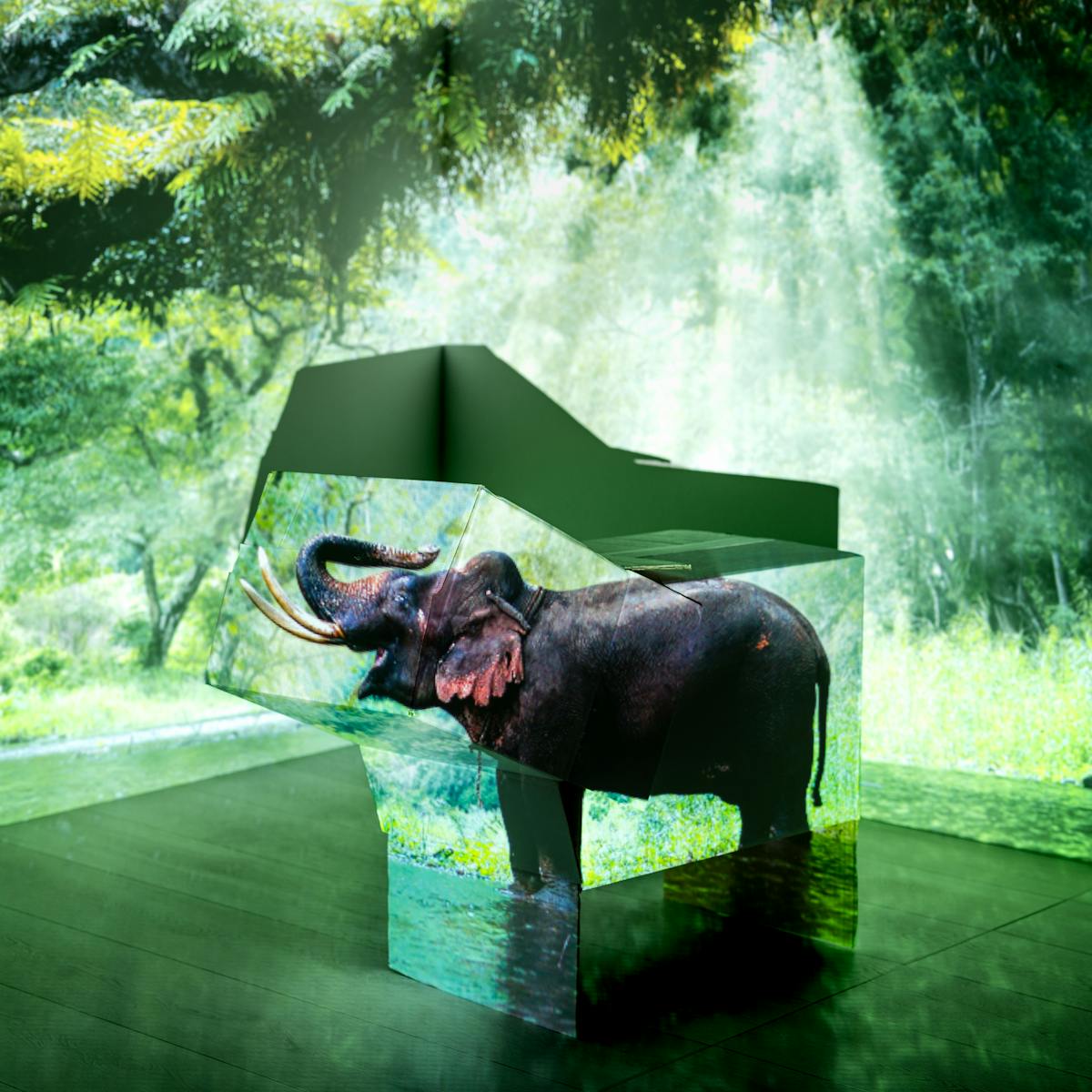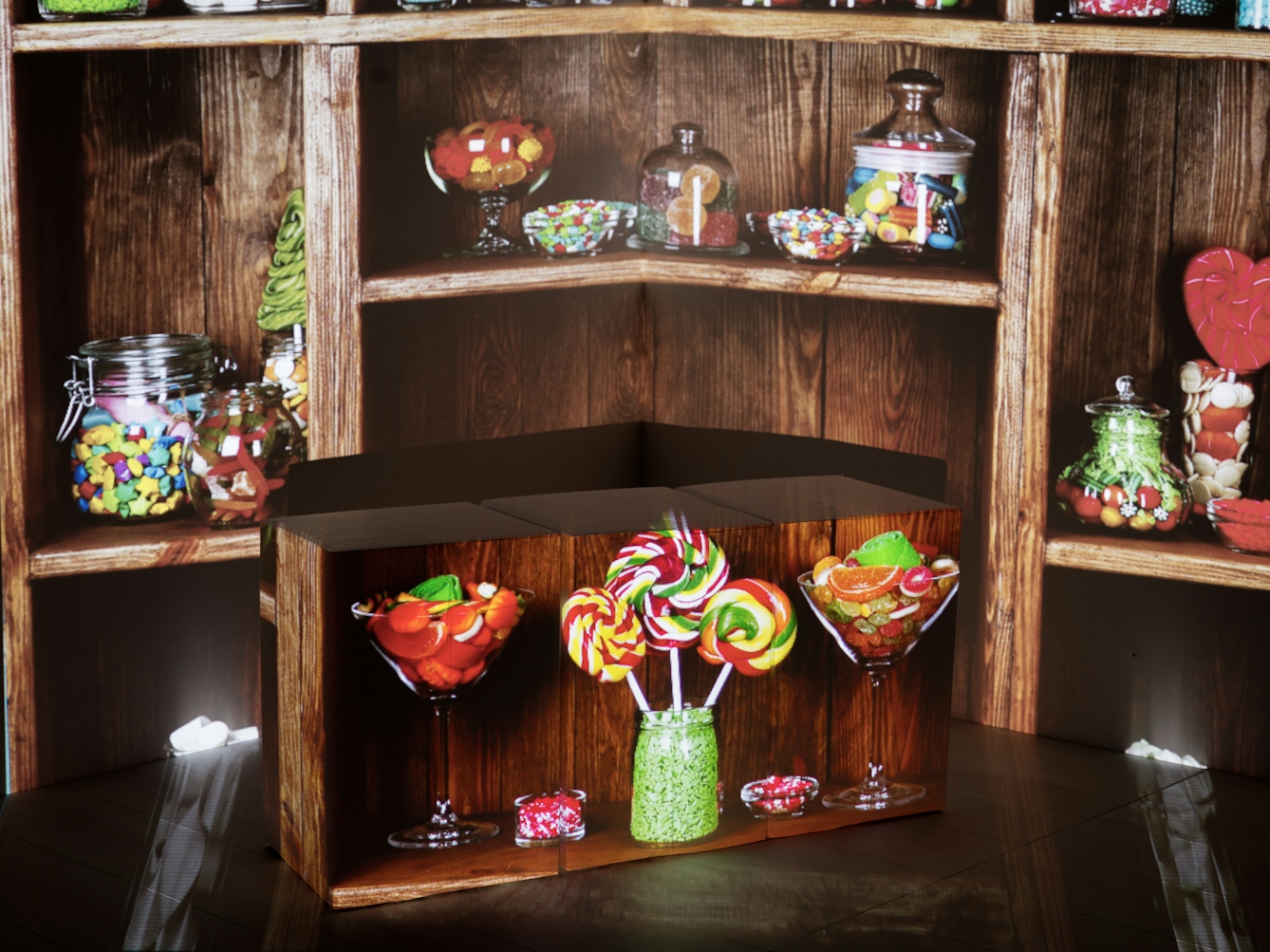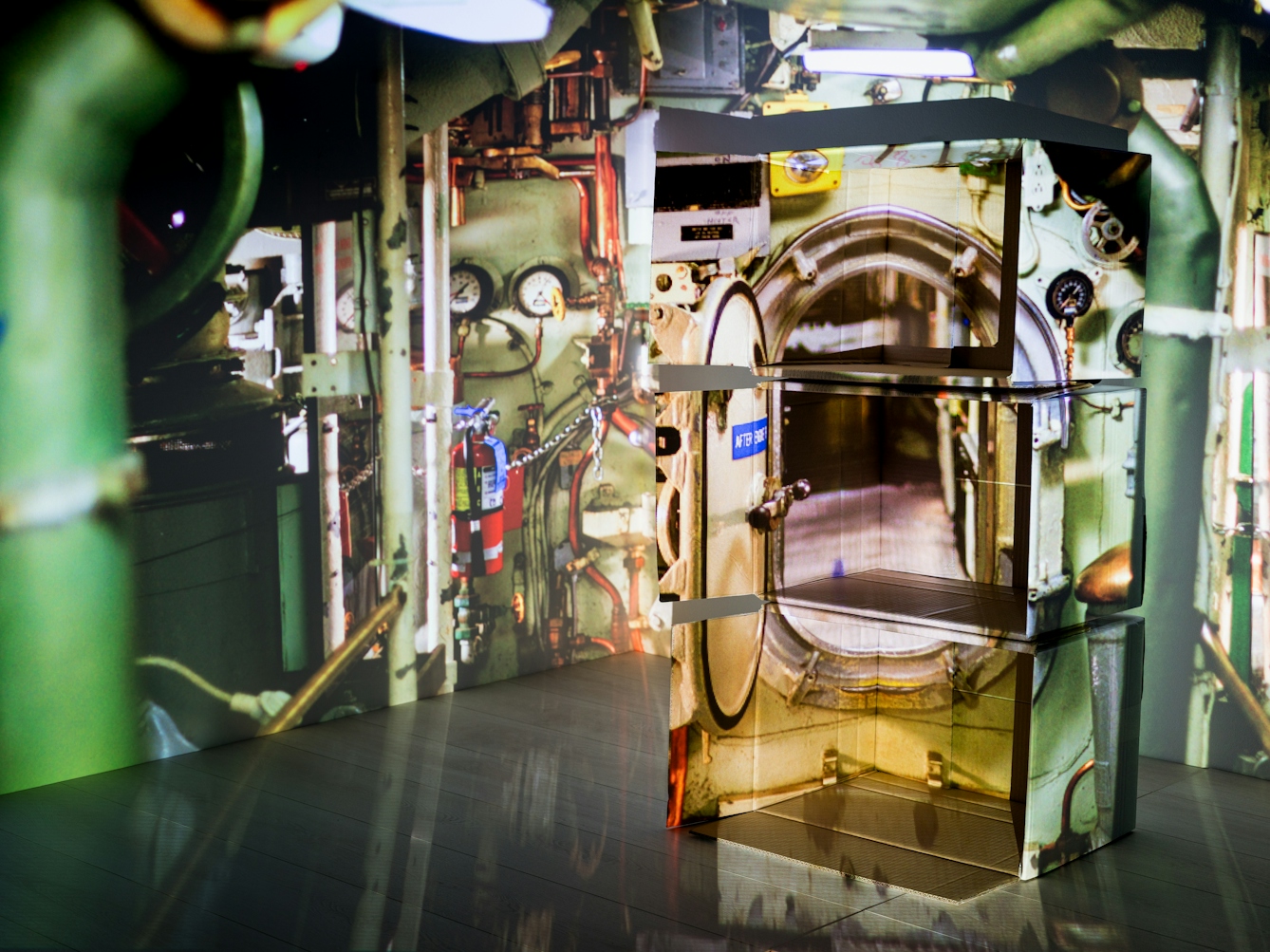‘Michael Rosen’s Book of Play’ shows that play loosens the rigid boundaries of our very structured world, no matter what age we are. In this extract, the author invites us to journey with him to the land of make-believe, and reveals why we should all do a little more daydreaming.
Why make-believe matters
Words by Michael Rosenphotography by Steven Pocockaverage reading time 7 minutes
- Book extract

When I was a boy, we lived in a flat over a shop. Out the back was a yard, about three by three metres square, and along one side was a coal bunker. It was about two metres long and a metre and a half high, with two hatches in its roof and a little doorway at the front. The men from the coal lorries tipped the coal through the hatches, and we shovelled coal out for our fires through the little door in the front.
When the bunker was nearly empty, my brother and I often climbed in and acted out stories from the war, imagining that it was an air-raid shelter, a tank, a Spitfire or a submarine. When you were inside, you could open a hatch and poke your head out, as if you were in a cockpit or a tank turret, or coming up after a night in the shelter after a bombing raid. Bombing raids had happened up until just two years before I was born. All the adults I knew had lived through that time.
Once I came home early from school, climbed into the bunker by myself and headed off into outer space. I should say here that this was several years before the first manned space flight and the moon landing. I took off in my spaceship and a short while later climbed into the control tower by pushing open the hatch.

Cardboard box space rocket.
I started to deliver orders, describing what I could see floating through space, sending back messages to base on earth. There were some quite severe problems to face – wandering meteorites, a failed engine, oxygen contamination – but I pressed on.
I think I had been going with this running commentary for at least ten minutes when I scanned the star-strewn horizon, only to find that my father was standing by the back fence watching me. He had been listening in to my dramatised monologue for quite a while. I stopped. He said how much he had enjoyed it, treating it as though it had been some kind of comedy routine. I can remember being a bit embarrassed about it, as though I had done something naïve or childish.
How play helps children navigate the world
The name we give this is ‘role-play’ or ‘dramatic play’, and it is fairly common among young children but tends to fade away as children get older. Not all children do it, and it is variously encouraged or discouraged, depending on who is looking after the children.
No one ever discouraged it in our house – quite the opposite: my parents were very keen on theatre, produced plays at the schools they taught at and they each told stories about their lives in ways that dramatised what had happened, filling them with dialogue and action.

Cardboard box sweet shop.
I took off in my spaceship and a short while later climbed into the control tower by pushing open the hatch.
My brother often had the job of looking after me, filling the gap between the end of school and my parents coming home from work. These hours were filled with games, chat, stories and jokes, and as my brother was a great mimic of authority figures, he could act being his teachers, our parents or just random people we had met. We could slip very easily from him entertaining me by mimicking real life into a fantasy world of dramatic play or ‘make-believe’ – often involving the coal bunker.
Why do children play these games? Why was I in the bunker going to space?
Professionals who comment on childhood and play place different emphases on its various aspects, but for some the most important aspect of dramatic play is that it is a symbolic medium. What I mean by this is that the play represents things. The whole thing depends on pretending.
Part of the essence of being human is that we learn (or we are taught) how to symbolise what’s around us. In dramatic play, a child does this through making an object standing in for something otherwise unattainable: it might be something based on a child’s experience of the real world – a box forming a pretend shop, a tunnel for toy cars made out of loo-roll insides – or it might be more fantastical, like a coal bunker standing in for a space rocket.
This ability to project an idea onto a physical object teaches a child something valuable; as we grow up, we increasingly have to rely on symbol systems to understand and navigate the world around us. Language is perhaps the most important of our symbol systems. When we say ‘sky’, the word itself is not the sky – it ‘represents’ it, so that we are able to talk about the sky abstractly.

Cardboard box submarine.
’Tis but a dream
As children, our ability for make-believe is truly astonishing. Our young brains have a higher degree of plasticity, and neural connections are still forming, making us highly creative and adaptable – or at least, that’s the scientific explanation I’ve been given. But what is astonishing is just the sheer amount of imagination we have, and it enables our young selves to see possibilities everywhere.
Dramatic play is often a child’s first foray into exploring that creativity and pushing the boundaries. As yet, they don’t have much experience of how the world works ‘in real life’, so why can’t that big dog be a woolly mammoth? Why can’t the sheet over the table create a cave of wonders? Why can’t the tall grass be an enchanted forest? With some imagination – this is all possible!
Make-believe is an opportunity for all of us to expand our horizons and operate outside the limits of normal life. In make-believe we can go anywhere! See anything! Be anyone! If you can be anything, where would you go? Who would you like to be?
Perhaps you’d like to see the Horsehead Nebula, 1,500 light years from earth, or be the Pharaoh Tutankhamun, or be able to fly or breathe under water… For me, it was taking a rocket into outer space. If I hadn’t noticed my dad watching, who knows what mysterious planets I might have gone on to discover, what strange extra-terrestrial beings I might have met? Or my favourite dream thing – giant asteroids that held inside them mysterious civilisations.
While flights of fancy like this might seem beyond us as adults, something we dismiss as ‘childish’, there are ways that we still indulge in a little make-believe – such as the joy of a good daydream!

Cardboard box deckchairs.
Do you ever allow your mind to wander off? Perhaps it starts with your current scenario – sitting in your office, walking through the park or cooking – and spins off from there, or perhaps it’s altogether more fantastical.
Daydreaming like this, allowing your brain a little make-believe, is not only very enjoyable but may have real benefits: the complex problem-solving areas of the brain are active when we daydream, suggesting it could be helping us to creatively think our way through a current problem or situation; daydreams can help with consolidating something we’ve learned that day, working it into invented scenarios; and daydreaming may improve our working memory.
So go ahead, have yourself a little daydream and don’t hold back – take a trip to the moon, or the future colony on Mars, or the bottom of the sea. We’ll see you when you get back.
‘Michael Rosen’s Book of Play’ is out now.
About the contributors
Michael Rosen
Michael Rosen is one of the best-known figures in the children’s book world. He is renowned for his work as a poet, performer, broadcaster and scriptwriter. He is Professor of Children’s Literature at Goldsmiths, University of London and visits schools with his one-man show to enthuse children with his passion for books and poetry. In 2007 he was appointed Children’s Laureate, a role which he held until 2009. While Laureate, he set up The Roald Dahl Funny Prize. He currently lives in London with his wife and children.
Steven Pocock
Steven is a photographer at Wellcome. His photography takes inspiration from the museum’s rich and varied collections. He enjoys collaborating on creative projects and taking them to imaginative places.

